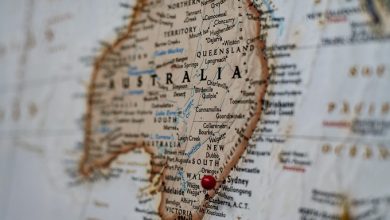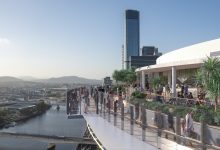
CBD workers head back to their desks
Encouraging signs as city office occupancy rises significantly
Office occupancy rates in Melbourne, Sydney, and Canberra all more than doubled over March, according to a new survey by the Property Council of Australia (PCA).
The Property Council of Australia’s latest Office Occupancy survey found Melbourne’s occupancy increased from 15 percent to 32 percent in March, Sydney’s office occupancy reached 41 percent from 18 percent the previous month, while Canberra hit 45 per cent, up from 21 percent.
The survey of office owners also found more modest increases in Brisbane and Adelaide, where occupancy lifted from 41 to 48 percent, and 47 to 61 percent, respectively.
Perth was the only city to see a decline in its office occupancy as it entered its peak Omicron infection period, with rates dropping from 55 to 45 percent, the lowest rate since July 2020.
While the big gains in many cities were coming off Omicron-induced lows, PCA chief executive, Ken Morrison said the data was very encouraging.
“It’s heartening that people are returning to the office in such numbers, particularly given considerable weather events on the east coast and the continuing isolation impacts of the pandemic,” Mr Morrison said.
“To see office occupancy rates double in some of our major CBDs is especially pleasing and bodes well for further recovery in the months ahead.
“While most businesses are encouraging some flexible working arrangements with their staff, there are huge benefits in personal connection and it’s good to see these being embraced once again.”
According to the survey, office occupancy rates vary between peak and low days. For example, on a peak day in Adelaide, the occupancy rate reached a high of 72 percent, but on a low day, it fell to 49 percent.
The Property Council of Australia survey also asked respondents when they expected to see a major improvement in occupancy levels, and although 32 percent believed it would take 1-2 months, more than half (56 percent) said it would take three months or more.
According to the survey, the majority of office owners believe that a preference for greater flexibility (42 percent) is the primary driver of occupancy levels.
“As forecasted, office occupancy rates accelerated in March as more businesses reopened after the school holidays,” Mr Morrison said.
“We hope to see this trend continue as the Property Council works with business and all levels of government to bring back vibrancy into our CBDs,” he said.
Mike Parker-Brown is a UK-trained and qualified journalist and an award-winning travel communicator with more than 30 years experience.
Since 2002, Mike has worked as a freelance writer and PR consultant providing his services to major organisations in Australia and internationally in the tourism, aviation, hospitality, recruitment and export marketing sectors.





